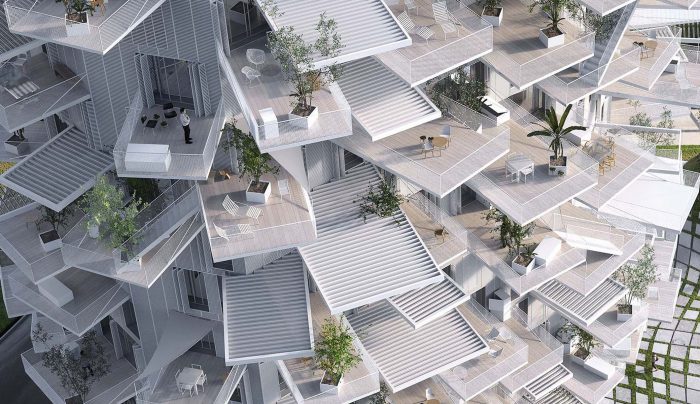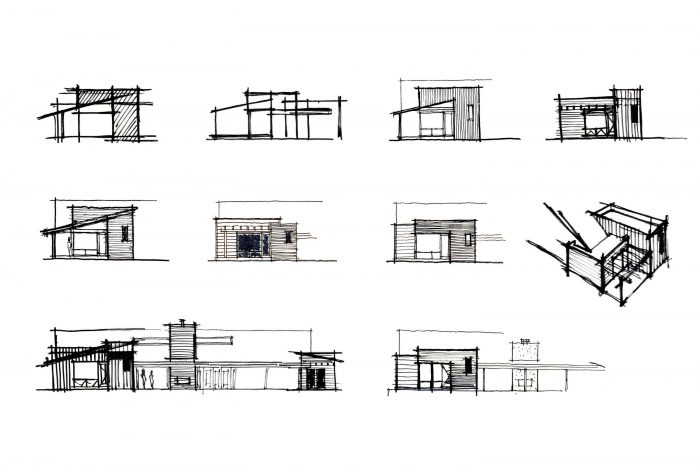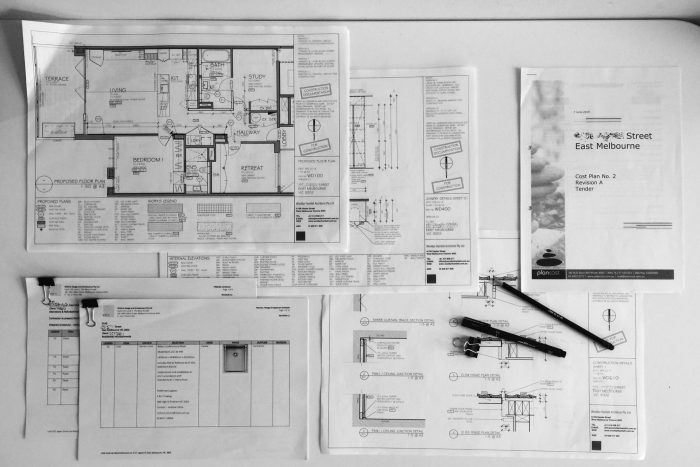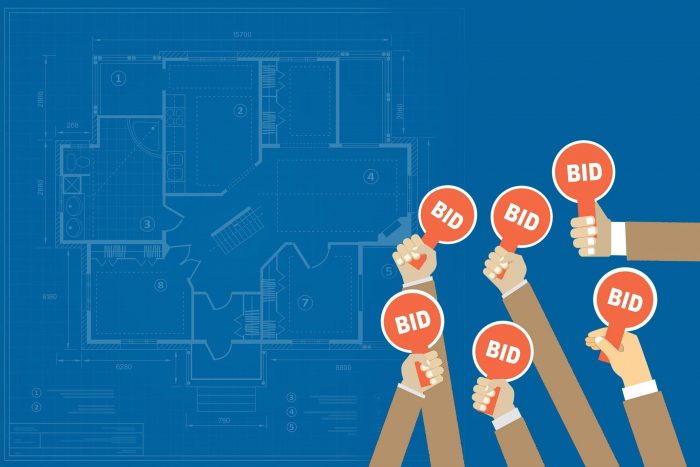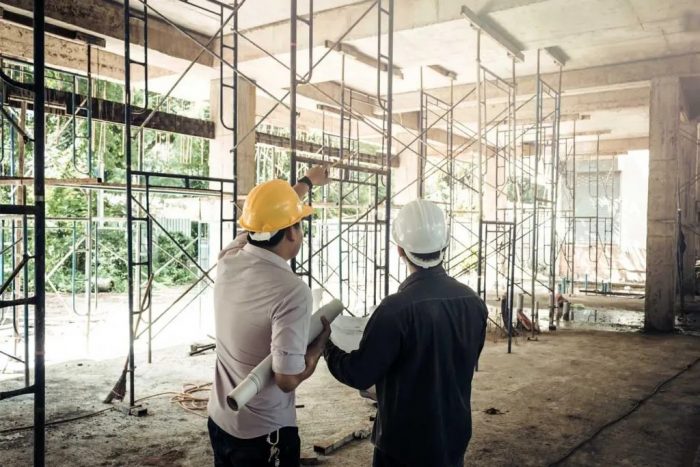The architectural design comprises several steps that, if you come to know well enough, your workflow will go much more smoothly. Whether you’re a new or experienced architect or looking for expert tips on keeping your workload manageable and avoiding stress, this article is for you!
What is the difference between architecture and architectural design?
Architecture is the practice of designing structures to their full extent, from conceptualization to execution, while architectural style design is solely a design process. For a person to be called an architect must be an eligible professional who develops homes, businesses, or public structures. Having a strong sense of aesthetics and a deep knowledge of building principles are requirements for architects.
While they perform similar tasks to architects, architectural designers lack a valid license. It typically refers to a person who has not passed the Architect Registration Examination (ARE) in the US, and it refers to somebody who has not registered with the Architects’ Registration Board in the UK (ARB). There are two types of architectural designers: those who have completed their education and plan to apply for licensure soon, and those who have no interest in doing so.
The Most Important 6 Steps of Architectural Design
This article will explain how the architectural design process moves and how adding or removing elements from an existing structure can change its appearance. Let’s look at architectural design and how you can start today.
1) Preliminary design
In this step, the architect visits the construction site and meets with the client to form general ideas about the client’s desires and needs. Then, the designer creates general sketches of the project.
2) Design Phase
After getting approval from the client on the initial design, the designers go through the conditions of the construction site. Then, they produce abstract ideas that incorporate aesthetic features and the owner’s requirements. The architectural firm can offer the client a 3D virtual tour inside the building to understand what it would be like. This is where the building’s persona evolves, yet not in too much detail.
Also read:- 3D-printed architecture overview
3) Documentation phase
This phase involves the creation of more thorough drawings, called the ‘blueprints.’ The architects dive deep into details and choose the construction materials. Then, they get bids from contractors who translate the blueprints into tangible reality. Also, in this stage, a permit should be obtained from the municipality to which the site belongs.
The designers can have it one of two ways, either they include the tiniest detail to facilitate the contractor’s work or vote against that and let the contractor deal with the minor issues that arise during construction.
Also read:- 500 free online courses in architecture
Since drawing a building on paper is more accessible than actually building it, an experienced architect with considerable knowledge of structural engineering will make things easy around the site.
4) Negotiation (Bidding)
Here, the designer chooses from the bidding contractors according to their qualifications. The contractors are to be shown the design and the plans to check and sometimes revise them. Negotiations can be done with several contractors to see who is the best fit.
When choosing a contractor, other factors should be addressed, such as the building timeframe and, of course, the expenses.
Also read:- 10 architecture movies every architect should watch
5) Construction administration
The architect will act as the client’s representative. He/She should follow up on the work done by the contractors and workers and check if they stick to the plans. This is done by paying weekly visits to the site to see how things are going and solve any problems that may come up. However, the architects are not supervisors, which means they are not accounted for any mistakes made by the contractor or the subcontractor.
This phase can also comprise:
- Developing furtherly-detailed plans if required.
- Solving problems arising from any unclearness found in the projects.
- Approval of the changes done to the drawings.
- Approval of the requests presented by the contractor for their payment.
- Coordinating negotiations of who should pay for the new alterations.
6) Architectural fees and options
a) Fees of the architect
A know-it-all, do-it-all architect can cost the owner a fortune, and that kind of designer is not very easy to find. Architects mainly get paid hourly or for a fixed salary that depends on the cost of the construction process. A little bit of both could be the most convenient way, meaning that the designer gets a fixed salary in addition to an hourly fee for unexpected tasks that may come up. Moreover, overtime may be charged after the working hours wrap up.
b) Charging the client
From the beginning, the firm should clearly estimate the project’s cost with the client. A firm can state fixed prices for individual steps of the design process or the whole package. The standard fees for a full-package contract vary from 5% to 15% for new projects and 10% to 20% for any revamps, which take longer to finish than new projects; this is why they cost more.
Projects undergoing remodeling can also face unexpected situations and problems and are, therefore, harder to manage.
The name of the architectural firm also plays an essential role in the required price. That is in addition to how complex the project is, the country’s economic state, the area where the construction site is located, and obviously, the negotiators’ top-notch skills.
c) Client requirements
Naturally, the price would depend on how much the architectural firm requires. The owner must ask themselves a couple of questions if they care to get a fair price, How many sets of plans will be sufficient to obtain a permit for the building? How detailed do I wish the procedures to be? Is there any chance the designers would provide me with additional drawings? Clarity from the beginning will be advantageous when closing the deal with the firm.
To sum it all up, the architectural design process is not simple and requires much knowledge. Architects have to create outstanding designs, but they also need to know how to tackle minor issues that arise during construction. It takes time, too, so the architect should start with the initial sketch and then move forward to the next step. The architect will also have to be flexible if new information comes up during construction or after the work is completed.
If you are looking for the best or the most influential architects, you’ll love taking a tour through our 30 influential architects and designers.


